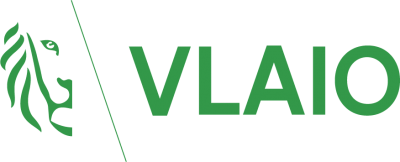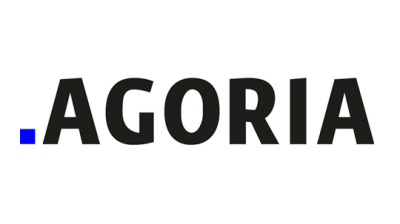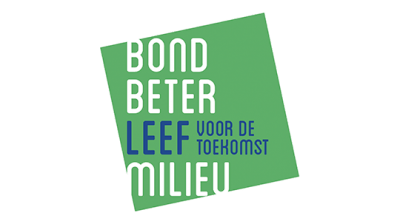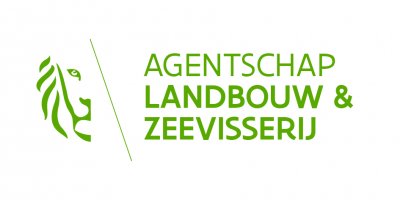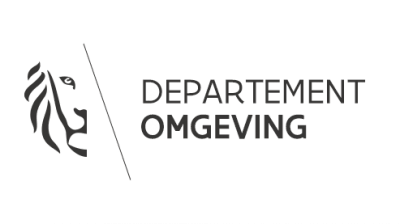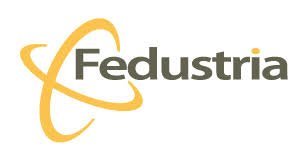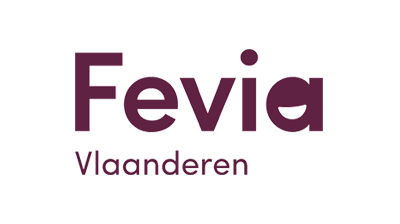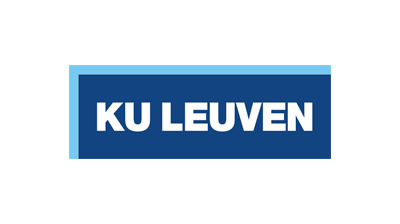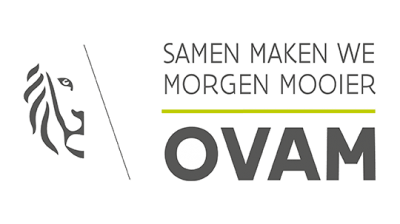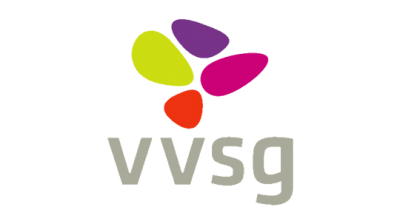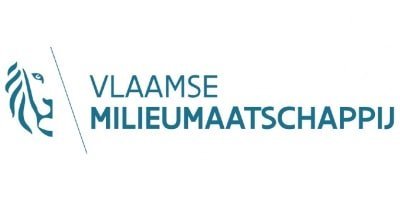Circular Retrofit Lab
Bringing academic research closer to the market
The Circular Retrofit Lab was launched in 2017 as a pilot project within the BAMB (Buildings as Material Banks) research project. The focus was on the technical aspects of circular and change-oriented (re)construction: repurposing instead of demolishing, scenario planning and dismountable building systems.
During that first trajectory, a valuable network of industrial partners emerged. Moreover, there was a great multiplication potential to extend the circular renovation approach to the transformation of some 300 identical student modules on the VUB campus.
With the Open Call project, we were able to give continuity to this initiative. It was the reason to broaden the focus with our market partners to other, systemic aspects that contribute to the transition to circular building: business models, digitalisation, legal and logistical aspects.
In a learning trajectory of three workshops, we brought in new expertise, sought opportunities in our participants' value propositions and debated how to organise transition and innovation in your own company. We developed a Value Network Canvas to map out value networks and draw circular alternatives. We also tested different concepts around BIM and FIS as a carrier for material passports and formulated proposals for further research.
Thanks to the Open Call, we were also able to further disseminate the lessons learned from the Retrofit Lab.
The Lab's objective has been more than successful: to become a platform to bring the results of academic research closer to the market.
Key results |
Key lessons learned |
|
|
What will the future bring?
The Lab will be further expanded as an experimentation site for circular concepts. We continue to learn by doing, together with market partners. Follow our activities on www.circularretrofitlab.be.
VUB Architectural Engineering
Partners VITO, MK Engineering, ATS Groep, Zehnder Group
